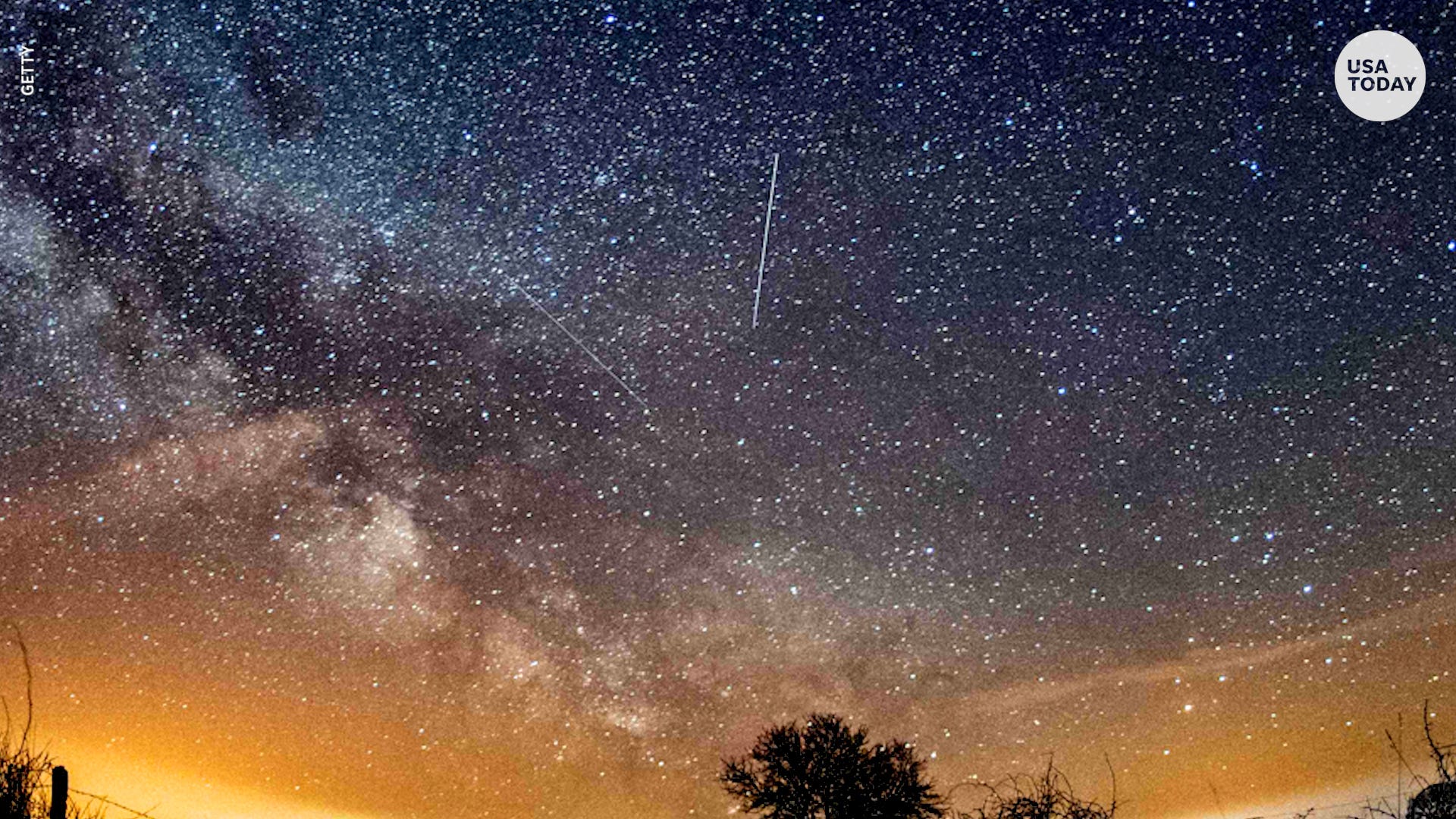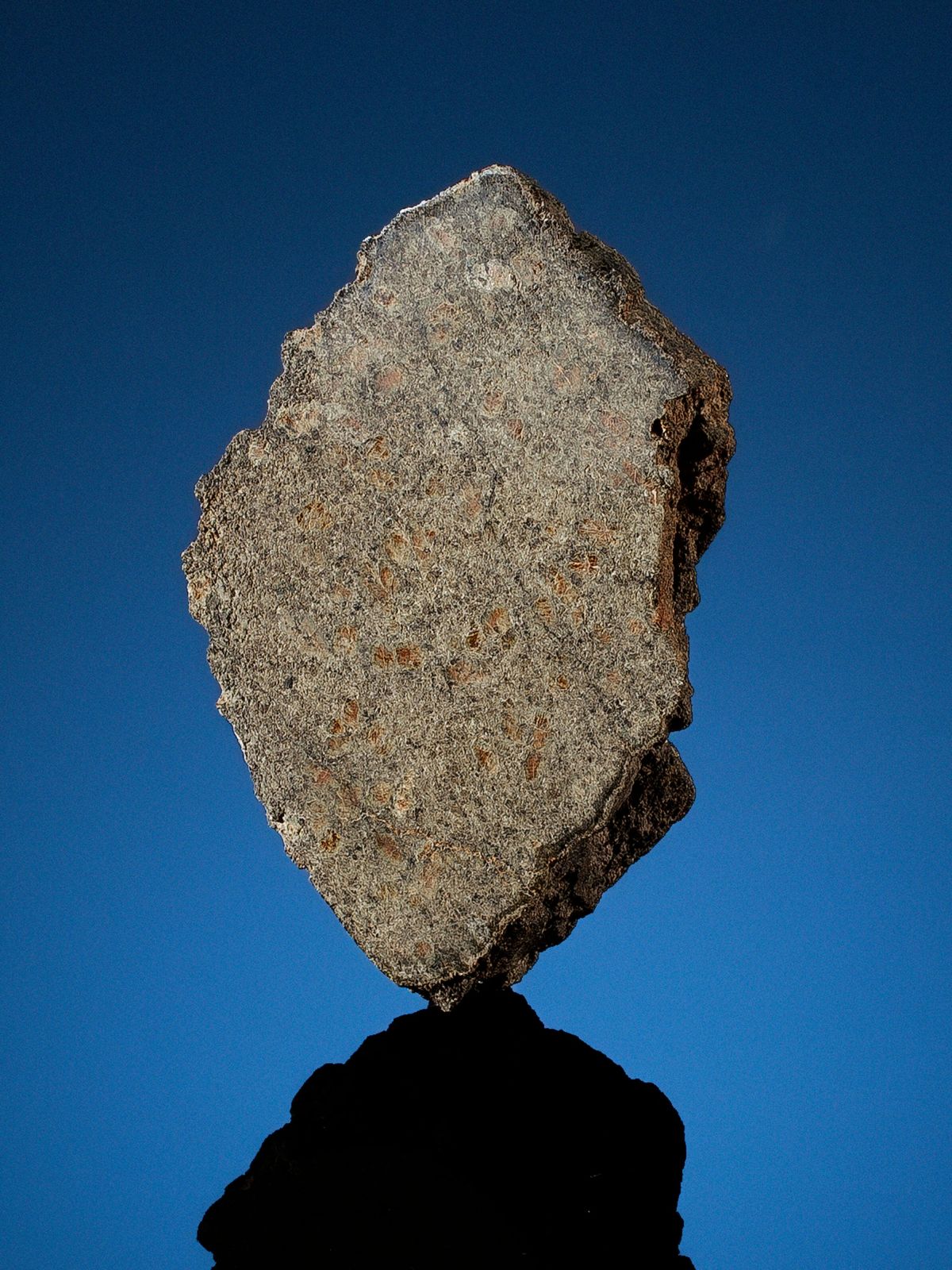


But every day, hundreds of tons of small interplanetary objects enter Earth's atmosphere.

Scientists estimate that Earthgrazing meteoroids only occur just a handful of times per year. The model provides a picture of the interplanetary dust cloud that is able. Most of them disintegrate, possibly with pieces reaching the ground as meteorites. (1985) to build a comprehensive model of the meteoroid flux at Earth orbit. 10,836 Meteoroids Premium High Res Photos Browse 10,836 meteoroids stock photos and images available, or search for meteorite or black hole to find more great stock photos and pictures. It entered the atmosphere at 34.1 km/s, reached the lowest altitude of ~91 km and bounced back into space! /5EgRivdcsu- Denis Vida September 22, 2020Īs the ESA explains, a meteoroid is typically a fragment of a comet or asteroid that becomes a meteor – a bright light streaking through the sky – when it enters the atmosphere. Figure 11.38: Photograph of a meteorite on Mars (with rover Opportunitys. Meteoroids are significantly smaller than asteroids, and range in size from small grains to one-meter-wide objects. A meteoroid ( / miti.rd /) 1 is a small rocky or metallic body in outer space. A luminous trail several kilometers in length follows the meteoroid. A meteoroid shown entering the atmosphere, becoming visible as a meteor and hitting the Earth's surface as a meteorite. The picture is even more complicated with the discovery that. 1.2 is a photograph of a meteor trail taken by Anthony Nugnes in Silver Spring. (1/2) An earthgrazer above N Germany and the Netherlands was observed by 8 #globalmeteornetwork cameras on Sept 22, 03:53:35 UTC. Meteor: When a meteoroid encounters the Earths atmosphere, it interacts with. Meteor showers are caused by meteoroid streams from comets (and some primitive asteroids). Meteors are the streaks of light we see at night as small. They orbit the sun among the rocky inner planets, as well as the gas giants that make up the outer planets. Meteoroids are what meteorites are called while still in space (5). Meteoroids, especially the tiny particles called micrometeoroids, are extremely common throughout the solar system. Dennis Vida, a physics postdoc from Western University in Ontario, Canada, who leads the GMN, said they traced the rock to a Jupiter-family orbit, but a search of potential parent bodies found no conclusive matches. Meteoroids are lumps of rock or iron that orbit the sun, just as planets, asteroids, and comets do.


 0 kommentar(er)
0 kommentar(er)
